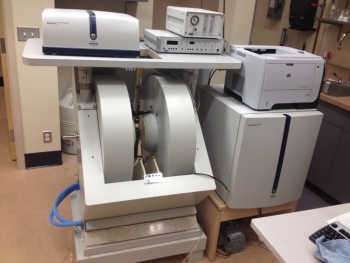
Nevertheless, the interpretation of the EPR data relied mostly on the g-factor value of the signals because no convincing hyperfine (hf) structure was detected in the EPR spectrum of the defects, mainly due to the low concentration of magnetic 17O and 67Zn isotopes. The information about the origin of the intrinsic and impurity defects presented in ZnO mostly comes from electron paramagnetic resonance (EPR) spectroscopy measurements. Traditionally, the conductivity of n-type in semiconductor materials was assigned for the existence of the intrinsic defects or impurities. However, despite numerous investigations, the nature of this conductivity is still controversial. ZnO commonly exhibits n-type conductivity and is considered as promising low-cost, transparent conductive oxide material capable of transporting charge carriers and visible photons perspective for application in photovoltaic devices 4. These properties make ZnO the promising material for the production of the optoelectronic devices, ultraviolet and white light-emitting diodes, photodetectors as well as for the preparation of the transparent electrodes for the thin-film amorphous silicon solar cells and different display panels 1, 2, 3.

Zinc oxide (ZnO) is a wide bandgap (3.37 eV) semiconductor material with excellent electrical and optical characteristics such as high n-type conductivity and optical transparency in the visible region. The evaluated values of the average hopping distance (15.86 Å), and hopping energy (1.822 meV at 40 K) enable us to estimate the donor concentration in the investigated ZnO microparticles as ~ 10 18 cm −3. The hopping conduction process follows Mott’s variable-range hopping T −1/4 law at T = 10–100 K. Two conduction mechanisms, including ionization of electrons from the shallow donors to the conduction band and hopping conduction process, have been distinguished. The charge transport properties in ZnO microparticles have been investigated by the contactless MW conductivity technique at T = 5–296 K. The EPR signal with g || = 1.9538(5), g ⊥ = 1.9556(5) and Lorentzian lineshape was tentatively attributed to the shallow donor center. Another Lorentzian line with g || = 1.9581(5), g ⊥ = 1.9562(5) was attributed to the zinc interstitial shallow donor center, while EPR signal with g || = 1.9567(5), g ⊥ = 1.9556(5) and Gaussian lineshape was assigned to the hydrogen interstitial shallow effective-mass-like donor. The Lorentzian EPR line with isotropic g-factor 1.9623(5) was related to the singly ionized oxygen vacancy.

The EPR spectra simulation allowed us to resolve four overlapping EPR signals in ZnO microparticles. The magnetic and electronic properties of the hydrogenated highly conductive zinc oxide (ZnO) microparticles were investigated by electron paramagnetic resonance (EPR) and contactless microwave (MW) conductivity techniques in the wide temperature range.


 0 kommentar(er)
0 kommentar(er)
